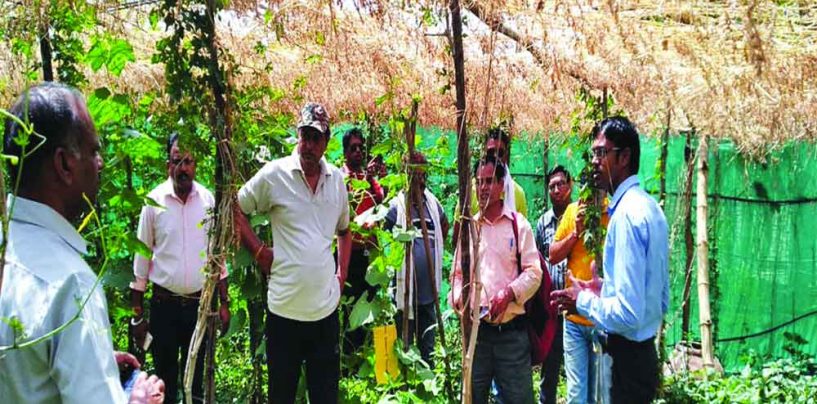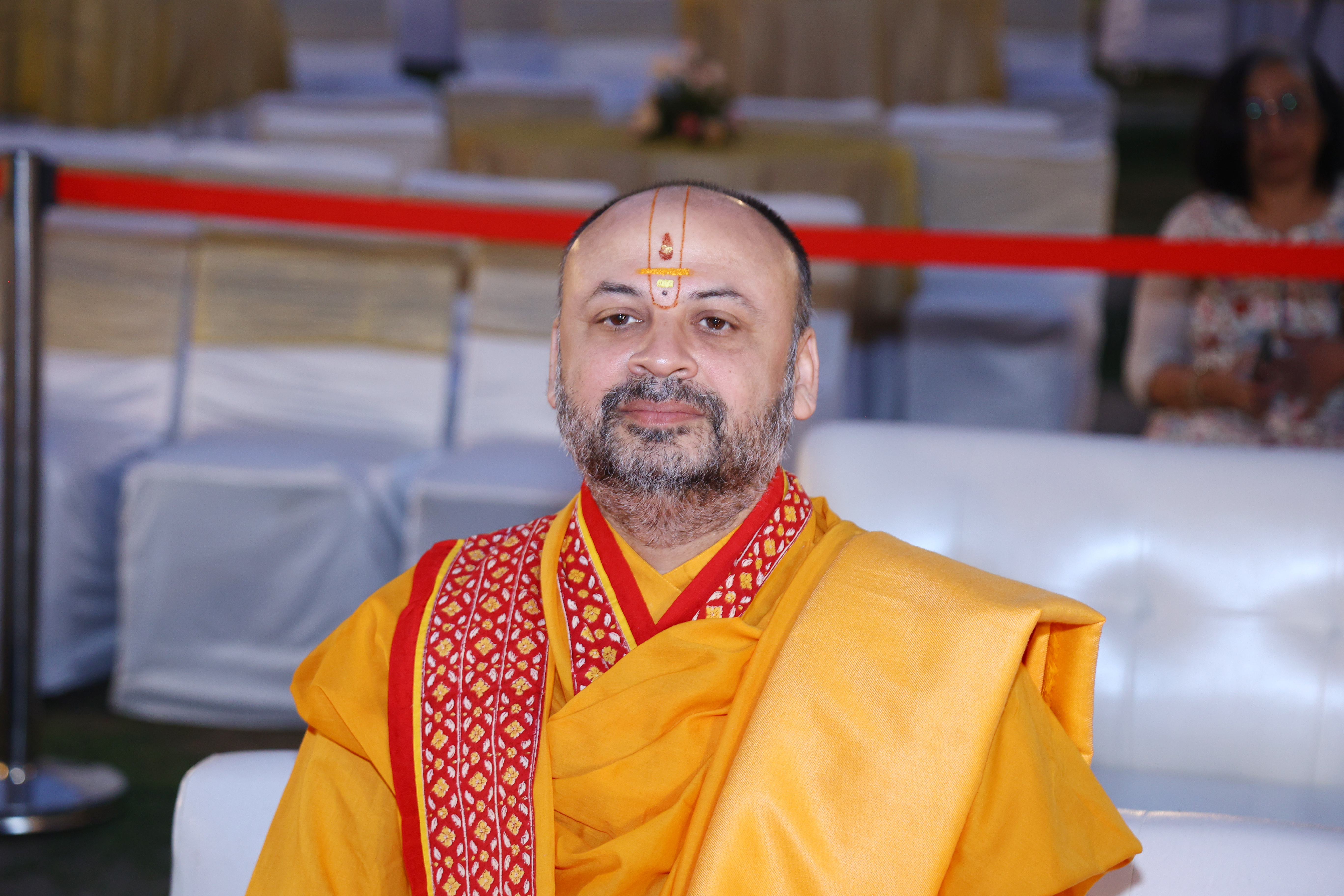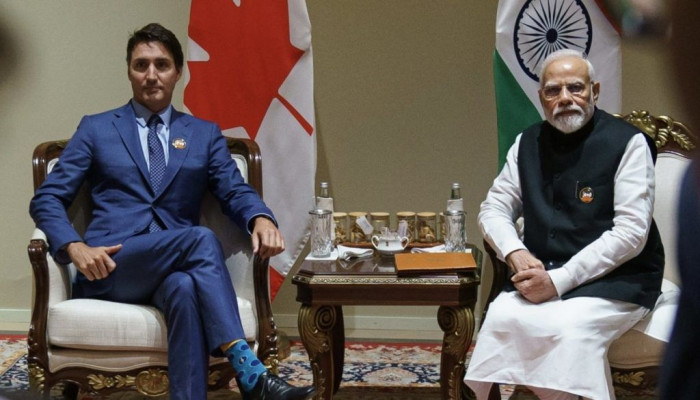If India’s road to economic recovery and self-reliance is predicated on widening the by lanes of the ‘local’, how do we mobilise our universities to contribute to the mission?
In April, even as the country was in the grip of the global pandemic, the Ministry of Human Resource Development (MHRD) wrote to universities around the country, urging them to study India’s response to the Spanish Flu and to identify those strategies from 1918 that might be replicated in the lockdown-exit plan. Further, the MHRD exhorted universities to set up dedicated research teams to survey the neighbouring villages for their awareness of Covid-19.
In spite of being sincere and noble, these directives tend to underscore, quite unintentionally, a couple of chronic oversights that our institutions have historically suffered from. Perhaps more so now, than in 1918. However, the contemporary clamour over the imperatives of online teaching, calls for technological upgradation of academic institutions, debates about equal access to e-learning portals and the long-term feasibility of such a learning model, given the low-to-moderate success of India’s already sizable distant learning programmes, have completely drowned out these other questions of greater import.
As our economy limps back to its routine after undergoing an extended hard lock down from March 25, what precise roles and tasks should we delegate to our universities and research institutes? If India’s road to economic recovery and self-reliance is predicated on widening the by lanes of the “local”, how do we mobilise our universities to contribute to the mission? Perhaps an honest acknowledgment of our shortcomings would be a useful plank to take off from. Of the two aforementioned instructions sent by the MHRD, the first draws upon an assumption that the older city universities, such as those in Mumbai, Kolkata, Chennai and Banaras, would have archives detailing the colonial administration’s handling of the Spanish Flu epidemic.
Admittedly, as a people, we aren’t too good at record-keeping. In spite of the annual reports and the college magazines, our educational institutions haven’t really fared too well when it comes to documenting their own activities and achievements, let alone those of the Government and such. It is only in the last five or six years — thanks to the compulsion of submitting detailed reports to various accreditation bodies — that the process of meticulous documentation and archiving has come into effect.
The second directive, at least in theory, seeks to alert academic and research institutions to their own geo-cultural location. We must be candid in admitting that in a bid to have an exceedingly “national” character, Indian universities have often ignored the uniqueness of their respective locations. This oversight is more pronounced in the Central universities. An engagement with the local — its needs, its history, its practices as well as its knowledge traditions — if harnessed well, would have reaped great dividends. Unfortunately, this remains a major omission both in syllabi and institutional outlook. Before we assign responsibilities to our universities and seek to realign their priorities, we must address both of the aforementioned concerns. Further, we must begin by asking as to what it is that the “local” needs the most in these tumultuous times and in the uncertain future that we anticipate with much trepidation.
Here, the experience of Hollywood, probably one of the most spontaneous-yet-organised industries in the world, has an important lesson for us. Prior to the outbreak of the Spanish Flu, the business of movie-making in the US thrived on a partnership of sorts between film-makers and independent exhibitors. The family-run “mom-and-pop” theatres, which had mushroomed throughout the US, had propelled the small-time local exhibitors on a somewhat level playing field with the big city-based producers.
However, once the prolonged lock down threw the subsistence economy of these theatres into a spin, a man named Adolph Zukor, a Hungarian-American film producer, started preying on their vulnerability and launched a vicious acquisition drive. He bullied the theatre owners into selling off their assets at throwaway prices and established a total monopoly by extending his control over every link in the business chain. Zukor succeeded in altering forever the participative character of the American film industry and turning it into a highly centralised trade that refused to factor in spaces outside Los Angeles. This structure of production and control that was set in place during the pandemic and has produced the likes of Harvey Weinstein remains virtually untouched till date.
As India aims for economic recovery through strategies of self-reliance and power to the small and cottage businesses, it must remain vigilant of such predatory monopolising tendencies. We need to guard our at-risk local players against hawkish forces that threatened to render them inconsequential. This has to be done through a combination of financial assistance and skill up-gradation. While the Government has announced a detailed economic package, a road map for recalibrating the retreating workforce towards the needs of the rural economy remains to be thrashed out.
It is precisely in this context that the role of universities in Post-Covid India may be best framed. Universities must start by identifying problems specific to the workforce and businesses around their locations, devise contingency measures to help them survive the immediate crisis and, in the long run, find ways to enable them to contribute robustly to our economic revival. To this effect, the following suggestions may be of interest. First, the massive labour movement in the weeks following the lock down has propelled back into the limelight certain constituents of our economy that were becoming increasing invisible. After decades of focus on heavy industries, mega infrastructure projects, IT hubs and the service sector, we are once again looking at the rural economy and agriculture.
Under the circumstances, it is important that our universities, agricultural research institutes and departments of agriculture, horticulture and botany leverage their research output to the local farmers. This, in turn, would entail training a batch of individuals from the nearby villages who, by virtue of being familiar with both scientific terminologies and the local idiom, can establish a bridge between researchers at a regional centre and the farming community that thrives in its vicinity.
A successful model for such an enterprise has already been put in place by an Odisha-based organisation called Back to Village (B2V). Through its chain of Unnat Krishi Kendras, which provide scientific training to young farmers and college graduates with roots in the villages, B2V has succeeded in establishing a dialogue among universities, researchers and farmers. It will be expected of the universities to find ways to open up such knowledge traffic and further diversify the scope of their outreach to other aspects of the agricultural economy such as food processing, packaging, warehousing, transportation and so on.
Second, universities must try to read the sociology of the regional economy by extensively mapping and documenting local business trends, practices, market orientations and gaps in the production chain. Besides being of immense value to policymakers, both at times of crisis (the current one and in the future) and otherwise, such data would embolden the universities themselves to launch short-term skill enhancement courses, bearing in mind the specific needs of the local workforce. Easing age-restriction and other admission-linked eligibilities will promote learning opportunities outside the curriculum and extend them to those learners, who aren’t necessarily a part of the regular academic programmes. This will go a long way in empowering the migrant population that has swarmed backed to the villages and is now staring at joblessness and a bleak future.
Third, on the strength of the aforementioned data, each university must endeavour to establish at least one centre dedicated exclusively to local history, trends and resources. For example, universities in States like Jharkhand and Chhattisgarh can establish centres for the promotion of the tribal economy, while those in Punjab and Haryana can focus on sports. By providing market linkages, devising strategies for product-promotion, organising trader-policymaker meets and continuously leveraging their in-house research findings, such centres may trigger new business trends that would be naturally sustainable and might even prevent large-scale migration to urban centres once the pandemic ends.
However, in a bid to become “vocal for local”, institutions must not end up usurping the local’s right to speak for itself. Mechanisms for routine interactions with stakeholders from the local community and factoring in their feedback while assigning research goals must be institutionalised. If we must speak for the local, it is imperative that we know its language too. Then and only then can we move towards a resurgent India that is truly self-reliant.
(Writer: Gautam Choubey; Courtesy: The Pioneer)








 OpinionExpress.In
OpinionExpress.In















Comments (0)